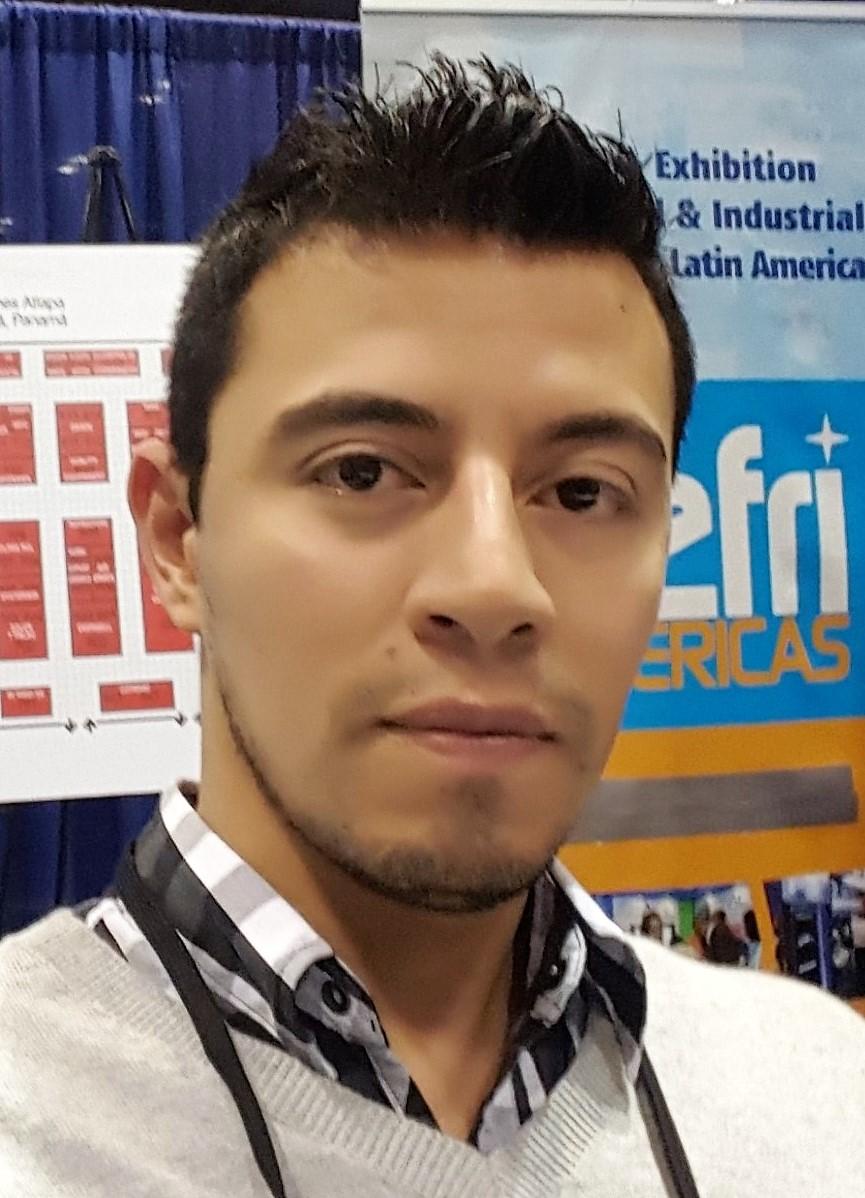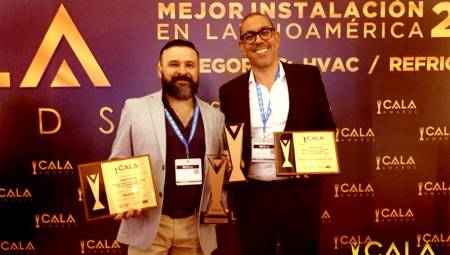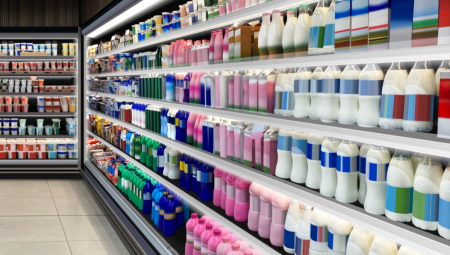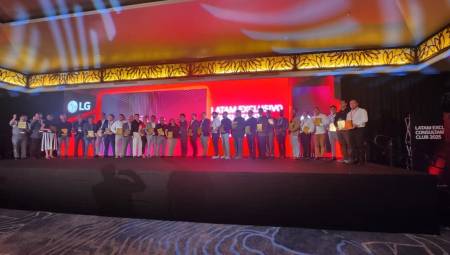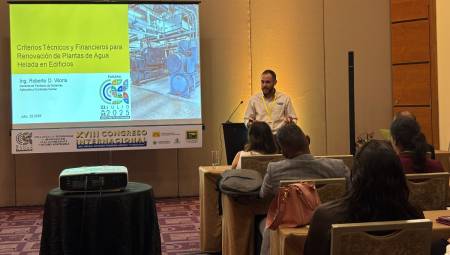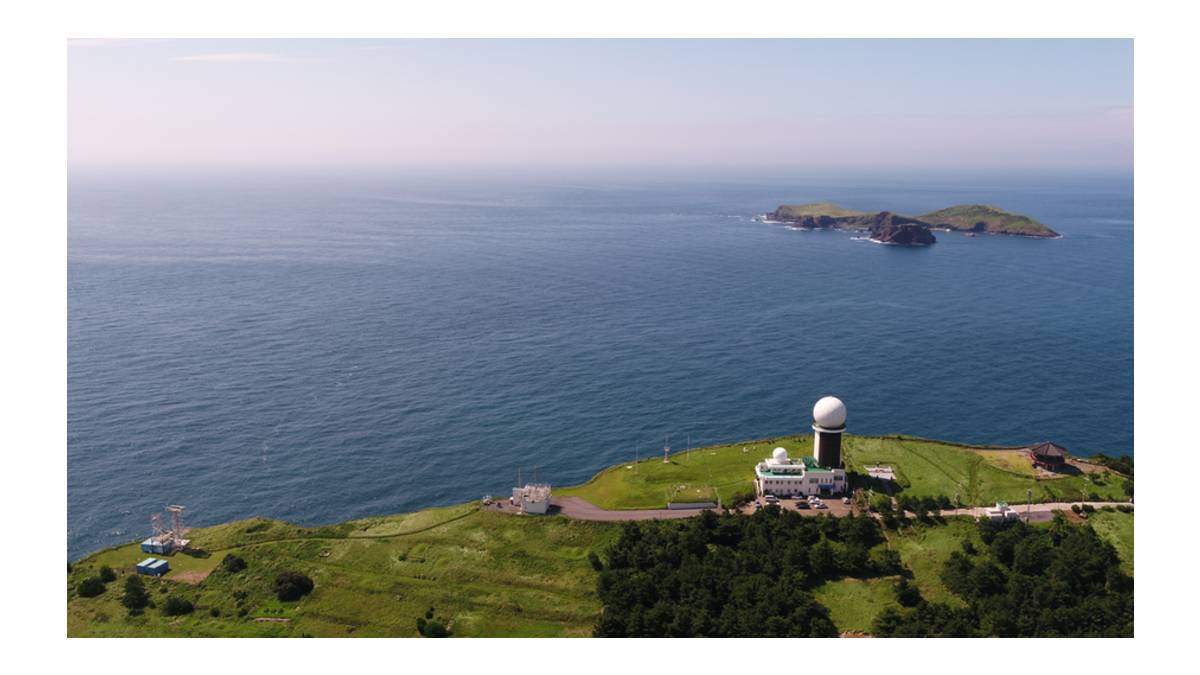 International. A new study by scientists at MIT, the University of Bristol and other institutions in South Korea, the United States, Japan, Australia and Switzerland, found that emissions generated by CFC-11 have quickly returned to much lower levels, putting the recovery of the stratospheric ozone layer back on track.
International. A new study by scientists at MIT, the University of Bristol and other institutions in South Korea, the United States, Japan, Australia and Switzerland, found that emissions generated by CFC-11 have quickly returned to much lower levels, putting the recovery of the stratospheric ozone layer back on track.
The chemical CFC-11, when emitted into the atmosphere, can rise into the stratosphere, where ultraviolet radiation from the sun breaks down the chemical to release chlorine, a harmful chemical that then corrodes ozone, removing Earth's natural shield against UV rays.
CFC-11 and other chlorofluorocarbons are now banned by the Montreal Protocol. But in 2018, a team of scientists reported a worrying increase in global emissions of the chemical starting in 2013. In 2019, a second team reported that a significant portion of emissions could be traced back to eastern China, predominantly in Shandong and Hebie provinces.
Now, in two papers published in Nature, the same teams report that annual global emissions of CFC-11 into the atmosphere have declined dramatically, by about 20,000 U.S. tons, from 2018 to 2019. The researchers traced a substantial fraction of the global emission reduction to the same regions of eastern China where they had previously reported the original peak. The results are consistent with evidence that the country has taken successful action to eradicate the illegal production of this ozone-depleting chemical.
"This is tremendously encouraging," says Ronald Prinn, director of MIT's Center for the Science of Global Change and co-author of both papers. "If CFC-11 emissions had continued to rise or even simply stabilized, a much bigger problem would have arisen. Global monitoring networks actually detected this spike over time, and subsequent actions have reduced emissions before they become a real threat to ozone layer recovery."
A Brief History of the Peak
The researchers detected both the original peak and subsequent drop in CFC-11 emissions using two independent networks.
In a 2018 Nature report, researchers analyzed NOAA measurements and observed that, from 2014 to 2016, global CFC-11 emissions increased by more than 14,000 U.S. tons a year, a 25 percent increase in emissions between 2002 and 2012. In a subsequent 2019 Nature report, regional measurements taken by AGAGE stations in Hateruma, Japan, and Gosan, South Korea, along with three-dimensional models, showed that about half or more of these emissions came from eastern China, primarily from the Shandong factory. and Hebei provinces.
Following these 2018 and 2019 reports, scientists continued to track the chemical through the atmosphere, both globally and regionally.
In the first of two new Nature papers, they analyze global data from NOAA and AGAGE and report a sea change: From 2018 to 2019, annual emissions of CFC-11 into the global atmosphere dropped by about 20,000 U.S. tons, returning to pre-2012 levels, after the chemical's global phase-out in 2010.
In the second paper, based on MEASUREMENTS from AGAGE, the scientists observed that CFC-11 emissions specifically from eastern China peaked around 2017. Sometime soon after, levels began to fall, though researchers can't say exactly when the regional change occurred, as the South Korean station suffered typhoon-related damage that resulted in some data gaps. Despite these gaps, the group observed a decrease in annual CFC-11 emissions, by about 11,000 U.S. tons from eastern China, through 2019.
"Continuous surveillance"
However, there is still work to be done. While it appears that CFC-11 emissions from eastern China have declined, indicating that significant illegal production of the chemical has ceased, these emissions only account for about half of global emissions. It is still unknown where the rest might have come from.
In general, CFC-11 is currently emitted in large quantities through leaks during new production and during subsequent use in refrigeration and foam manufacturing. Chemicals can also leach out of old, discarded refrigerator "banks" and foams, albeit at a much slower and more diffuse rate than the rapid regional increase seen in 2013.
Source: MIT.


